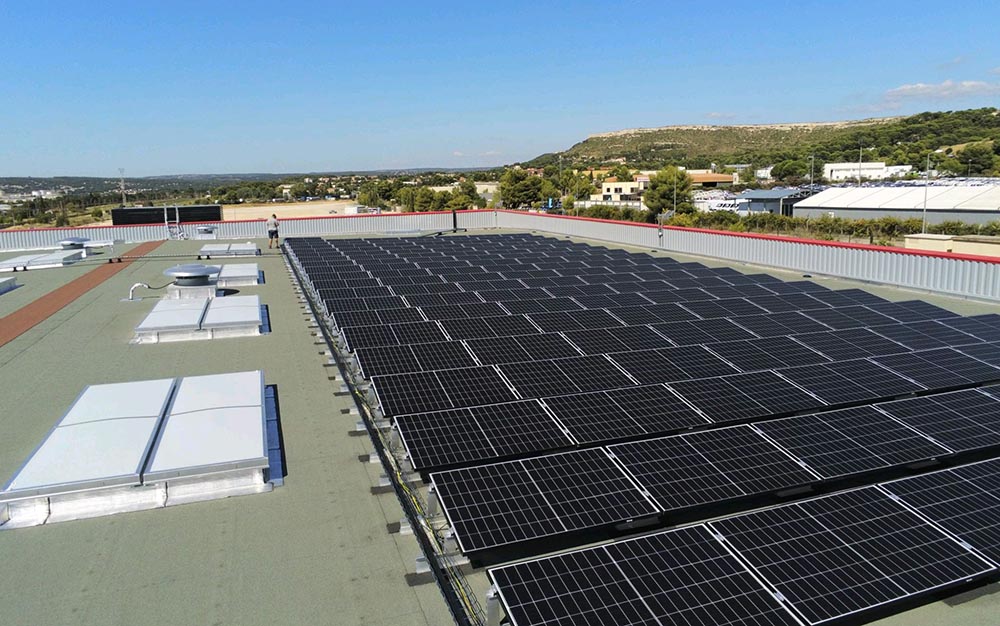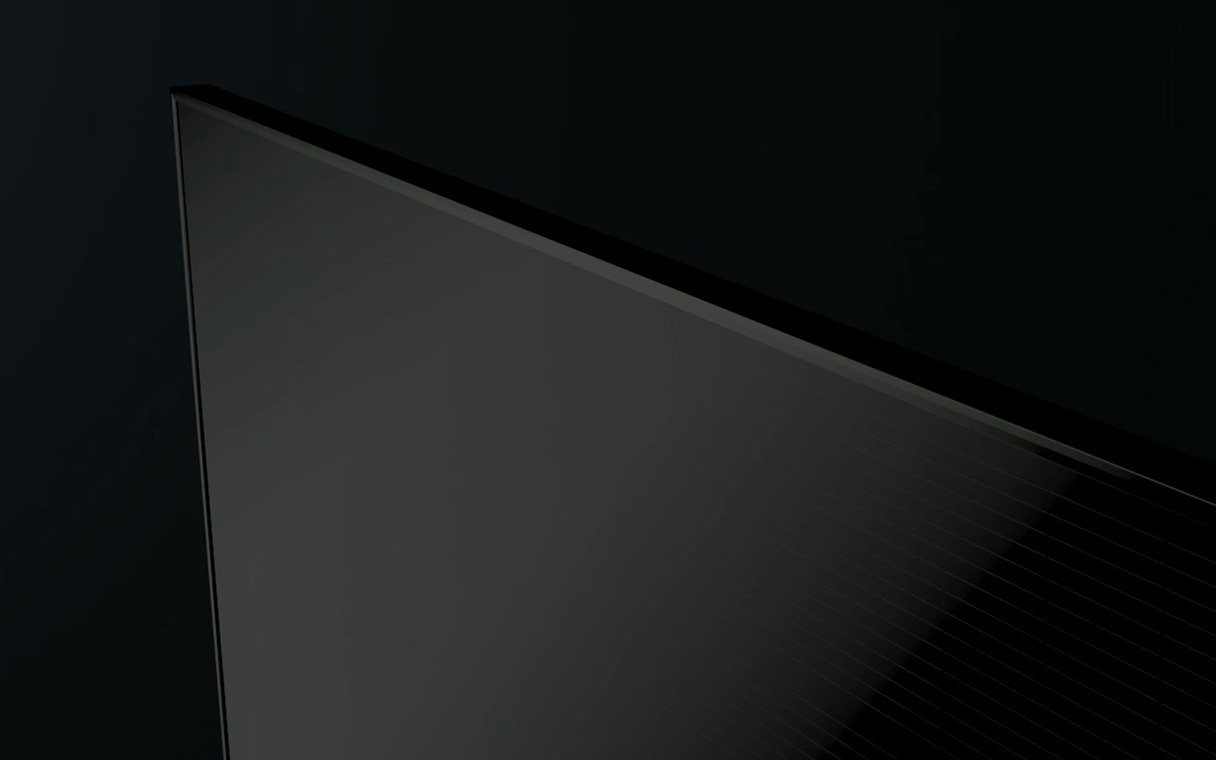 How sustainable are solar panels?
How sustainable are solar panels?
Feb 14, 2023
You'll hear myths like "solar panels are made more energy than they produce" or, "solar panels have more carbon footprint than they will offset. None of this is true!
All manufacturing uses energy and has a carbon footprint, and solar panels are no exception.
Renewable power generation repays its carbon footprint during its operation. Unlike fossil fuels, which require carbon-intensive fuels throughout the life cycle of the system.
With the greening of the manufacturing national grid, the manufacturing footprint will get smaller and smaller over time. Solar panel factories also tend to install solar panels on rooftops to provide their own green energy.
Solar power that is used by households or exported to the grid actually offsets the high-carbon gas power generation.
Since 2015, solar panel manufacturing has become more efficient and the grids at manufacturing locations have become greener. So I think the payback time is much less these days.
Monocrystalline solar panels are the most widely used technology. To produce solar panels, it takes a lot of energy to melt the silicon used in the batteries. Other technologies are being developed that use a fraction of the energy, but these are not yet commercialized and are not very efficient.
QCells estimates that their panels will take about 1.5 years to recoup the energy needed for production.
The operating period is approximately 30 years, equivalent to 28.5 years of renewable energy generation.
recycling solar panel recycling
Solar panel components are all regularly recycled materials.
People often ask, "What happens to solar panels at the end of their useful life?". The answer is that they are likely to be recycled.
Because in Australia there are many systems that are going to be scrapped. The market is ready for solar panel recycling. Look at Gedlec, they are currently recycling 95% of their solar panels and will be able to recycle 100% by the end of 2021.
The most sustainable solar systems are those that operate efficiently and last a long time.
Replacing a system before the end of its design life will double the carbon footprint of installing a quality system for the first time.
By using experienced designers, experienced installation teams and quality products for your solar system, you can ensure that your system will last, perform well and be sustainable.
Read More

 What is shingled solar panel ?
What is shingled solar panel ?
 How sustainable are solar panels?
How sustainable are solar panels?